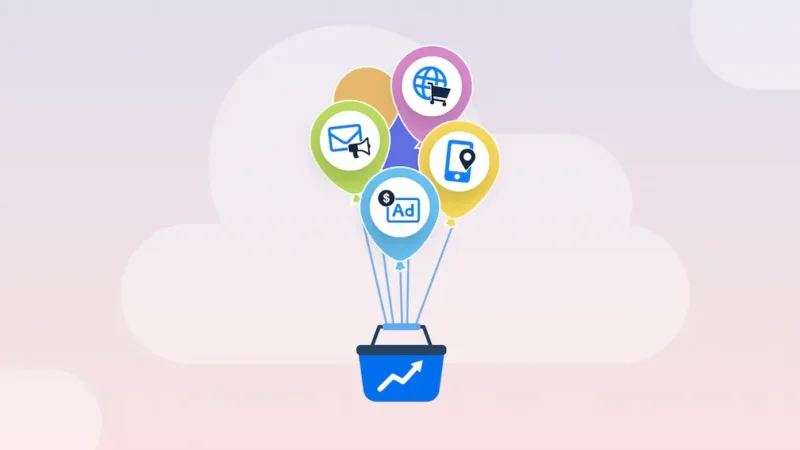New World Order For Enterprises With Technology As a Service

Technology leaders, business owners, C-suite, and CTOs alike are all wrestling with the same question: “How do I leverage technology to get ahead of my competition?” In a world where new technologies seem to emerge every day and innovation is key for success in this highly competitive global economy, it’s often hard to know where to start.
The good news is that we are moving away from the old IT department with specialized technicians to a more scalable model where technology becomes an integral part of business operations.
An emerging IT solution, called technology as a service, or TaaS, will change how enterprises operate globally. What does this mean?
Technology as a service (TaaS) represents a whole new way for companies of all sizes—from startups to large multinational corporations—to take advantage of what cutting-edge digital solutions have to offer without being weighed down by hefty capital expenditures or other traditional technology ownership models.
This blog post will explore how companies can use TaaS models to cut costs, generate revenue, and grow their market share by leveraging the benefits of enterprise-grade cloud infrastructure solutions such as AWS or Azure.
Here are some of the benefits for businesses and consumers
Businesses profit from cheaper data storage, simple payment methods, microservices, containerization, and growing consumer and C-level support for subscription model services with TaaS.
The key value proposition of TaaS models is that customers receive access to the latest technologies and a suite of technical support services for a fixed monthly fee. Not only will this help companies quickly take advantage of new IT capabilities without having to spend large sums on equipment, but it will also reduce the risk associated with technology investments by relieving customers of IT management burdens.
TaaS is especially beneficial for companies with limited financial resources, cannot afford the high expense of customized hardware/software solutions, or are just starting up and need access to enterprise-grade technologies that would otherwise be out of reach due to the initial capital investment required.
The potential benefits of cloud-based services are so great—and TaaS has such a low risk—that many companies are moving their entire infrastructure to the cloud.
Making the transition to the cloud
TaaS is rapidly gaining popularity throughout the world among enterprises looking for mission-critical IT solutions. It’s not as simple as moving your current software stack to the cloud, though. That technique generates far more problems than it solves. You’ll want to rearchitect parts of your product as you shift critical processes to TaaS.
Cloud providers like Wipro and Amazon offer great scale-out alternatives to traditional data centers.
Additionally, you’ll need to plan your technology for scalability, redundancy, and multiple tenants. Scaling code in a healthy way depends on developers: if their code is technically scalable and allows for development scalability (more programmers working on a single application), it will make the transition easier. TaaS doesn’t take away the need to keep an eye on compliance and security, which is critical.
Help is available just around the corner. The most experienced IT service providers are down this road. However, most TaaS solutions are built to safeguard sensitive data and defend against assaults, but you must ensure that you focus on the security vectors your cloud vendors aren’t focusing on.
Organizational shift – Preparation and Procedures
How do you prepare for such a strategic change? Keeping up-to-date with the latest information and training is important. Tools like on-demand training can help your development and IT teams build the skills and expertise needed to make a move.
Here are the essential steps your organization must take –
1. Implementing the external resources
2. Mapping out automation processes
3. Evaluating the service-level agreement (SLA)
4. Consulting with industry experts
5. Valuing cost savings
If you’re switching to a Technology-as-a-Service model, the impact will be felt far beyond your IT and development teams. The transition to TaaS may have an impact on how your sales team is structured and compensated. New revenue recognition methods could necessitate changes in the finance department. The service team will have to shift their technique of addressing your consumer’s issues. It will change the playbook of your marketing team too.
Conclusion
TaaS has several benefits. While moving from on-premises IT infrastructure to cloud-based IT solutions may appear difficult at first, it is a necessary adjustment for all organizations to keep up with today’s technology needs. Understanding your present IT expenses and requirements can help you become a TaaS leader.
To get more information on this topic and other IT solutions that may assist you in saving money, contact Wipro. With our TaaS solutions and IT service management skills, we can help your organization lower expenditures while improving profitability through this new IT model.






